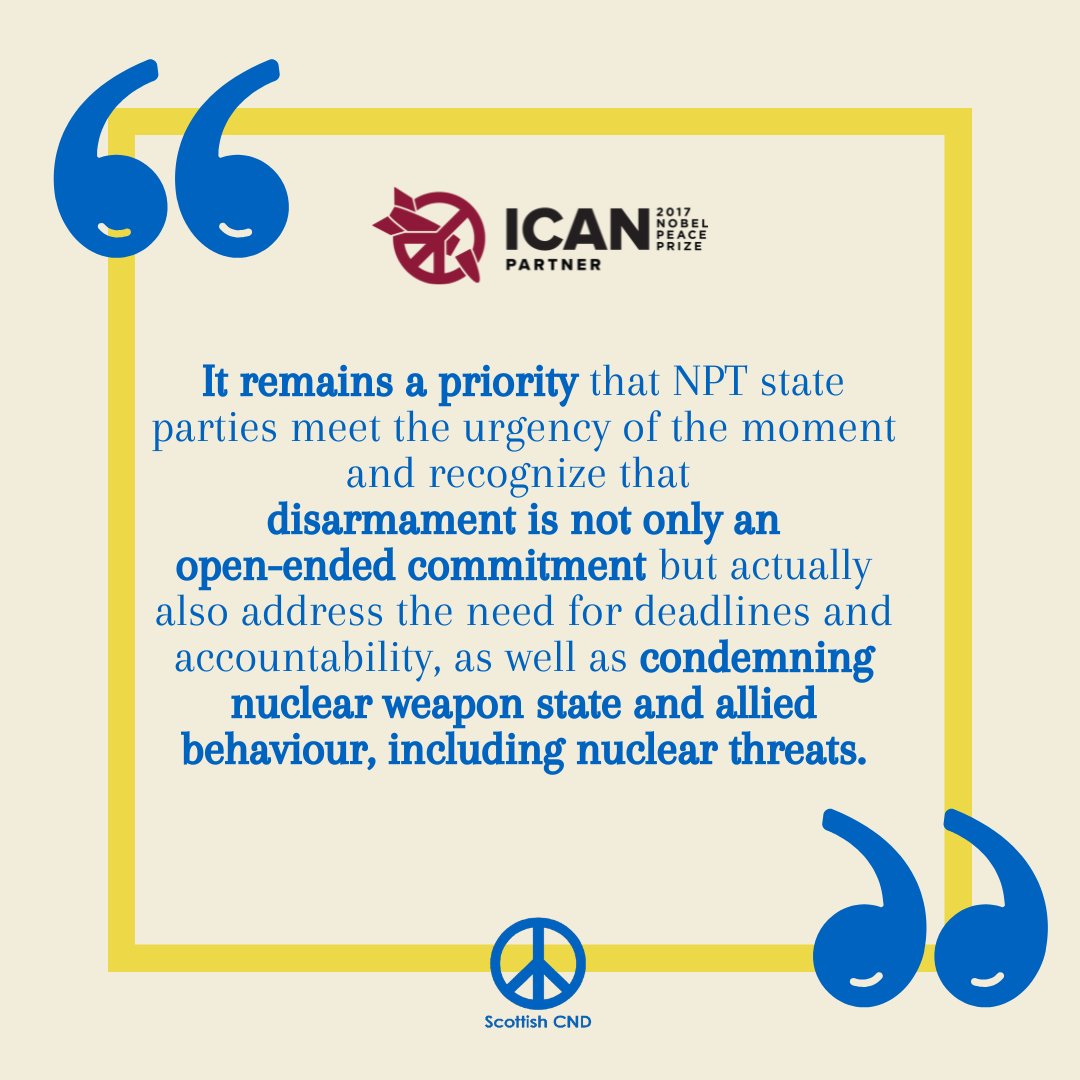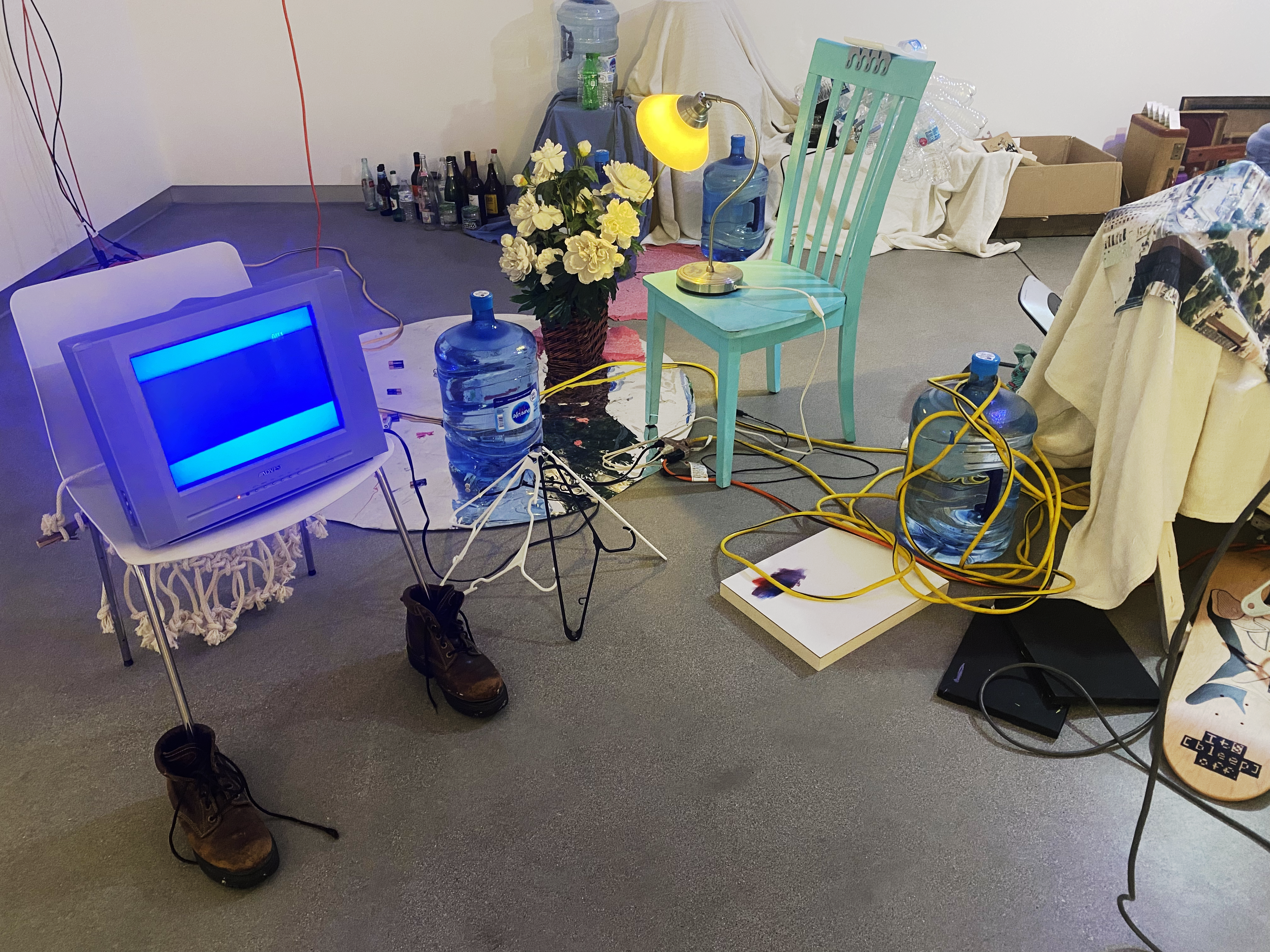QUOTE OF THE WEEK
Nothing Found
It seems we can’t find what you’re looking for. Perhaps searching can help.
LANL’s Central Mission: Los Alamos Lab officials have recently claimed that LANL has moved away from primarily nuclear weapons to “national security”, but what truly remains as the Labs central mission? Here’s the answer from one of its own documents:
LANL’s “Central Mission”- Presented at: RPI Nuclear Data 2011 Symposium for Criticality Safety and Reactor Applications (PDF) 4/27/11
Banner displaying “Nuclear Weapons Are Now Illegal” at the entrance in front of the Los Alamos National Lab to celebrate the Entry Into Force of the Nuclear Weapon Ban Treaty on January 22, 2021
Nothing Found
It seems we can’t find what you’re looking for. Perhaps searching can help.
Follow the Money!
Map of “Nuclear New Mexico”
In 1985, US President Ronald Reagan and Russian President Mikhail Gorbachev declared that “a nuclear war cannot be won and must never be fought.”

Waste Lands: America’s Forgotten Nuclear Legacy
The Wall St. Journal has compiled a searchable database of contaminated sites across the US. (view)
Related WSJ report: https://www.wsj.com
NEW & UPDATED
NPT Review Conference fails to address current security environment
“In a year when a nuclear-armed state invaded a non-nuclear armed state, a meeting of nearly all countries in the world failed to condemn Russia’s threats to use nuclear weapons in the context of its invasion, and failed to take any steps that would advance nuclear disarmament.”
After four weeks of meetings, the 10th Nuclear Non-Proliferation Treaty Review Conference has failed. Despite the final draft outcome document being significantly weakened throughout the negotiations, Russia refused to accept the final version and the conference ended without an agreement.
ICAN (The International Campaign to Abolish Nuclear Weapons) | August 27, 2022 icanw.org
The Bizarre Mystery of the Only Armed Nuke America Ever Lost
The lost nuke has never been found—only the pilot’s helmet was recovered, and the government kept it secret for years.
BY MATTHEW GAULT | VICE NEWS | August 29, 2022 vice.com

…On December 5, 1965, U.S. Navy Lt. Douglas Webster was supposed take an A-4E Skyhawk loaded with a nuclear bomb into the sky. On the USS Ticonderoga aircraft carrier, stationed in the Philippine Sea about 70 miles from Okinawa, Japan, the crew loaded the weapon onto the vehicle and Webster got into the cockpit. The crew then pushed the plane to an elevator that would bring it up to the flight deck.
The plan was for Webster to fly around, then land back on the aircraft carrier where the crew would unload the weapon. Webster never made it into the air. The Skyhawk rolled out of the elevator and the crew began to frantically wave at Webster, calling on him to hit the breaks. “According to testimony during the post-incident Board of Inquiry investigation, the pilot seemed oblivious to the whistles and was looking down,” Chief Petty Officer Delbert Mitchell, who was on the crew that loaded the bomb onto the Skyhawk, told the U.S. Naval Institute in 2019.
Navy crew desperately tried to stop the Skyhawk, but they only managed to pivot it in place as it rolled inevitably to the side of the carrier. It hit the netting on the side of the elevator, broke through it, and fell into the ocean. The nuke was armed. “We never saw Lieutenant Webster after he climbed into the cockpit or knew what efforts he might have attempted to get out of the Skyhawk, but we were stunned to witness a plane, pilot, and nuclear weapon fall into the ocean,” Mitchell said.
Mitchell and the rest of the ship looked into the ocean and watched as the Skyhawk sank into the ocean, its landing gear sticking straight up into the air. Efforts to save Webster and recover the nuclear bomb started immediately. The Navy called in other ships to aid with the search but discovered no sign of the missing nuke or plane—they only ever found Webster’s helmet.
The Navy did not talk about the incident for decades. It reported the incident to Congress a year later when the Joint Committee on Atomic Energy was studying the shocking number of Broken Arrows, but the general public wouldn’t learn that America had lost an active nuke off the coast of Japan until 1989.
The US military is still missing 6 nuclear weapons that were lost decades ago
“After Robert McNamara took the post of Secretary of Defense later that year, he pointed to that incident and another nuke loss over Texas as evidence of how close the U.S. has come to accidental detonations, despite “spending millions of dollars to reduce this problem to a minimum.”
“By the slightest margin of chance, literally the failure of two wires to cross, a nuclear explosion was averted,” McNamara was quoted as saying in an article by The Guardian.”
The U.S. military had 32 nuclear accidents during the Cold War, and several nuclear weapons remain unaccounted for.
BY DAVID ROZA | TASK AND PURPOSE | August 25, 2022 taskandpurpose.com
From car keys to glasses to rifles, everyone misplaces something important from time to time. But when you’re the U.S. government, sometimes that important thing is a superweapon that is designed to destroy cities and kill millions of people.
Over the decades, the U.S. military has had 32 nuclear accidents, also called “Broken Arrow” incidents. These incidents include accidental launches, radioactive contamination, loss of a nuclear weapon or other unexpected events involving nuclear weapons. Luckily, of those 32 accidents, there were only six U.S. nuclear weapons that could not be located or recovered, and of those six weapons, only one was capable of a nuclear detonation when it was lost.
While even one missing nuclear weapon sounds scary, it’s worth noting that the Soviet Union lost far more during the Cold War, often due to submarines sinking with a dozen or more nuclear missiles on board.
“Compared to the Soviet Union, the U.S. record is pretty impressive, given how many nuclear weapons it has operated and transported everywhere over the years,” Hans Kristensen, director of the Nuclear Information Project for the Federation of American Scientists, told Task & Purpose.
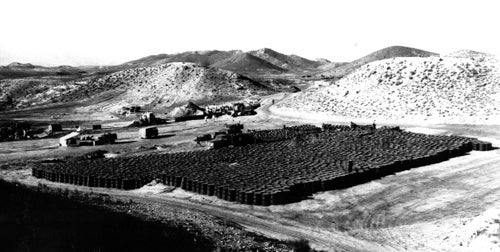
In fact, U.S. government agencies often go to great lengths to secure lost weapons. One such incident occurred on Jan. 17, 1966, when a B-52 and a KC-135 refueling tanker collided over southern Spain and scattered four B-28 thermonuclear bombs around the fishing village of Palomares. The conventional explosives for two of the bombs exploded, but the nuclear components did not detonate because they were not armed. The U.S. military sent troops to pick up the undetonated one that fell on land, clean up the radioactive pieces scattered by the two which detonated, and find the fourth which landed in the sea. The U.S. government even dispatched a submarine to find the one in the Mediterranean Sea. Called ‘Alvin,’ the small deep-ocean sub was high-tech for its time, but the crew nearly died when the sub was almost entangled in the parachute that was still attached to the bomb on the ocean floor. Meanwhile, the service members who helped find the landward bombs and clean up the wreckage also developed cancers which they say are linked to that mission 56 years ago.
Considering the extent to which the U.S. looks for lost nukes like it did in Palomares, the stories behind the five instances where recovery crews could not locate or recover weapons are extraordinary. Below is a list of those five accidents, one of which resulted in two missing nuclear weapons. Keep in mind that in all but one, the lost nuclear weapons did not include the pit or capsule that contains the components for triggering a nuclear detonation. That means we can all sleep a little easier knowing those weapons cannot blow up a city. However, the U.S. government still classifies those pit-less devices as nuclear weapons: sophisticated, expensive machines that at the time were closely-guarded tools of mass destruction. And there are many more out there from other governments like the Soviet Union which may never be found.
Nuclear waste shipments to repository near Carlsbad lagging behind goals for 2022
“So far in FY 2022, most of WIPP’s shipments came from Idaho National Laboratory to fulfill statutory agreements between the DOE and the State of Idaho.”
By Adrian Hedden, Carlsbad Current-Argus | August 26, 2022 currentargus.com
Nuclear waste managers in New Mexico are about 90 shipments of waste short of their goal at the Waste Isolation Pilot Plant for fiscal year 2022 which ends in about a month.
Records show WIPP accepted 206 shipments so far for FY 2022, which runs from Oct. 1, 2021 to Sept. 30, 2022.
During an Aug. 4 meeting before lawmakers, WIPP officials said the facility was targeting 299 shipments this year.
Transuranic (TRU) waste is shipped to WIPP near Carlsbad for permanent disposal in an underground salt deposit about 2,000 feet below the surface.
It comes from U.S. Department of Energy facilities throughout the nation, and is made up of clothing materials and equipment irradiated during nuclear activities.
NNSA Finally Starts Overdue Los Alamos Lab Environmental Study for Nuclear Weapons Programs That Are Already Underway
FOR IMMEDIATE RELEASE, August 18, 2022 |
Contact: Scott Kovac, 505.989.7342 scott@nukewatch.org | Jay Coghlan, 505.989.7342 jay@nukewatch.org
Santa Fe, NM – Today, the National Nuclear Security Administration (NNSA), the semi-autonomous nuclear weapons agency with the Department of Energy, released a Notice of Intent to Prepare a Site-Wide Environmental Impact Statement for Continued Operation of the Los Alamos National Laboratory.
In its formal notice, NNSA avoids mentioning the elephant in the room, the already predetermined expanded production of plutonium “pits,” the radioactive cores of nuclear weapons. This is in direct contradiction to the National Environmental Policy Act’s requirement that federal agencies take a “hard look” at proposed actions before implementation.
Moreover, future pit production is not to maintain the safety and reliability of the existing stockpile, but instead is for speculative, untested new-design nuclear weapons for the accelerating nuclear arms race. The Los Alamos National Laboratory (LANL) is already spending billions of taxpayers’ dollars to upgrade plutonium facilities and hire more workers for more weapons of mass destruction. This site-wide EIS is a “check off the box” exercise for all the major changes since the last site-wide EIS in 2008. Since then the Lab has fundamentally changed into a nuclear weapons production site as its main mission.
The Department of Energy boosted Lab funding to $4.6 billion in FY 2023 (21% higher than FY 2022), which begins this coming October 1. Of that, $3.6 billion is slated for NNSA’s core nuclear weapons research and production programs, with expanded plutonium pit production taking the biggest slice of the pie at $1.63 billion. The percentage of nuclear weapons funding at LANL has steadily grown as the Lab increasingly banks its future on being a nuclear weapons production site. Today it is 73% of total institutional funding. country.
Watchdog groups call review at US nuclear lab ‘sham’ process
“This is too little too late, a sham process designed to circumvent citizen enforcement of the National Environmental Policy Act,” said Jay Coghlan, executive director of Nuclear Watch New Mexico. “The key sentence in NNSA’s announcement is that absent any new decisions in the site-wide environmental impact statement, the agency will continue to implement decisions it previously made behind closed doors.”
By SUSAN MONTOYA BRYAN | August 19, 2022 apnews.com
ALBUQUERQUE, N.M. (AP) — The U.S. government is planning to review the environmental effects of operations at one of the nation’s prominent nuclear weapons laboratories, but its notice issued Friday leaves out federal goals to ramp up production of plutonium cores used in the nation’s nuclear arsenal.
The National Nuclear Security Administration said the review — being done to comply with the National Environmental Policy Act — will look at the potential environmental effects of alternatives for operations at Los Alamos National Laboratory for the next 15 years.
That work includes preventing the spread and use of nuclear weapons worldwide and other projects related to national security and global stability, the notice said.
Watchdog groups contend that regardless of the review, the NNSA will march ahead with its production plans for plutonium cores at Los Alamos.
Federal agency to conduct sitewide review of Los Alamos National Laboratory
“This is in direct contradiction to the National Environmental Policy Act’s requirement that federal agencies take a ‘hard look’ at proposed actions before implementation,” Jay Coghlan, executive director of Nuclear Watch New Mexico, said in a statement.
So much happened after 2008 that called for a new, thorough impact study years ago, including the plutonium facility’s “checkered nuclear safety history” that led to its major operations shutting down for more than three years, Coghlan said.
A new sitewide analysis now, Coghlan said, will merely “rubber stamp the billions of taxpayers’ dollars being sunk into a predetermined decision to expand plutonium pit production at LANL.”
By Scott Wyland swyland@sfnewmexican.com The Santa Fe New Mexican | August 19, 2022 santafenewmexican.com
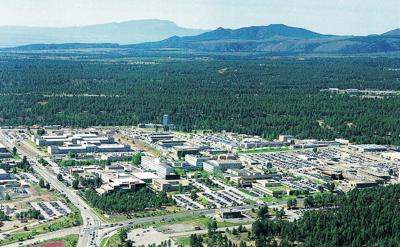
The federal agency that oversees nuclear weapons will conduct a sitewide environmental review at Los Alamos National Laboratory, breaking from its past resistance to performing fresh analysis of potential impacts as the lab gears up to make 30 nuclear warhead triggers a year.
The National Nuclear Security Administration announced in the Federal Register on Friday it would do a sitewide analysis of the lab under the National Environmental Protection Act and would take public comment until Oct. 3.
It’s the first time the agency, a branch of the U.S. Department of Energy, has done a new sitewide environmental impact statement in 14 years.
[Separate from Mass & Healing Ceremony] Watch Recording of Nagasaki Anniversary: Panel Discussion on Nuclear Disarmament from Local Interfaith Leaders
Santa Fe Archbishop John Wester’s Nagasaki Homily
“Each Day Begins with the Sun Rising” – 77 Years Later, 4 Artists from Hiroshima Reflect
Today marks the 77 years since the United States dropped an atomic bomb on Nagasaki, Japan during World War II. Three days ago, August 6, marks the same anniversary for the bombing of the city of Hiroshima, Japan. In both cities the blast completely annihilated everything within a 1-mile radius from the center of explosion. The bombs not only decimated the current population, destroyed property, and scorched the land; the entirety of the ways of life of these communities was ripped away in a terrorizing flash.
"The atomic explosion almost completely destroyed Hiroshima's identity as a city. Over a fourth of the population was killed in one stroke and an additional fourth seriously injured, so that even if there had been no damage to structures and installations the normal city life would still have been completely shattered." - The Atomic Bombings of Hiroshima and Nagasaki (atomicarchive.com)
The total effects of the only two nuclear weapons ever detonated in warfare are not fully known, despite 77 years of people (scientists, military experts, civilians, Japan, etc.) trying to estimate the number of the dead and injured. "The most credible estimates cluster around a “low” of 110,000 mortalities and a “high” of 210,000, an enormous gap (the estimates for each city have a range of ±10,000)." - Bulletin of Atomic Scientists

The events of August 6 and 9, 1945, forever changed the world. But today, besides continuing to attempt to know the extent of the cost of life of these bombings, how are we moving forward in reflection and in growth? How, as a global community, can we explore and prioritize processing the deep, deep pain of these events? The city of Nagasaki has been rebuilt since World War II and is today an important tourist site, serving as a significant spiritual center for movements to ban nuclear weapons. Aging survivors, known in Japan as hibakusha, continue to push for a nuclear ban and hope to convince younger generations to join the movement.
ATOMIC MASS In Santa Fe, an Archbishop calls for nuclear disarmament through faith alone.
“Jay [Coghlan] of Nukewatch, invited by Wester to answer an audience question about Ukraine having lost deterrence when it returned Soviet nuclear weapons to Moscow, emphasized that Ukraine never had the controls to actually detonate nuclear weapons stored on its territory. Coughlin then echoed Beamont’s statement, saying ‘we can flip the argument, say that Russia is shielded from consequences because it has nuclear weapons. Deterrence has been flipped on its head.’”
BY: KELSEY D. ATHERTON, INK STICK MEDIA | August 10, 2022 inkstickmedia.com
At least 100 parishioners must have been in attendance at the special mass at the Cathedral Basilica of Saint Francis of Assisi on Aug. 9, 2022. The Tuesday afternoon service at the historically significant church did not fall under the usual schedule. Following an afternoon rich in monsoon thunderstorms, the clouds cleared, allowing regulars and visitors alike to file in to hear what, exactly, the Archbishop of the Santa Fe Archdiocese had to say about the work of peace.
“In the way that 109 East Palace was the gateway to nuclear oblivion, I hope that the Basilica of St. Francis can be the gateway to global nuclear disarmament,” John C. Wester, Archbishop of Santa Fe, told the assembled crowd.
The address is instantly familiar to those fluent in nuclear history and opaque outside of it. During the Manhattan Project, the US effort to develop and build an Atomic Bomb in Los Alamos, 109 East Palace was the place to arrive before being covertly whisked away to the lab.
WHEN IT COMES TO SALVATION FROM NUCLEAR OBLIVION, FAITH IN THE RIGHTEOUSNESS OF THE TASK ALONE IS NOT ENOUGH. THERE MUST BE WORK THAT MAKES IT REAL.
It was the work of Los Alamos that made Aug. 9 the occasion for a mass dedicated to nuclear disarmament. On Aug. 9, 1945, the US dropped Fat Man, the second and so far last nuclear weapon used in war. The bomb fell on Nagasaki, a Japanese city hastily added to the targeting list. While the bombardier claims the clouds parted for visual confirmation of the target, it is at least equally plausible the crew decided to drop the bomb by radar targeting and fly back to base, instead of ditching it in the ocean or crashing on the way back.
Archbishop Wester apologizes for harms caused by nuclear weapons industry
“I challenge us at the most personal level to ask ourselves, ‘How do we live each day? Do we live each day consistent with the core values of faith, love and compassion … for one another?” – Archbishop Wester
Catholic News Service | August 10, 2022 catholicnews.com
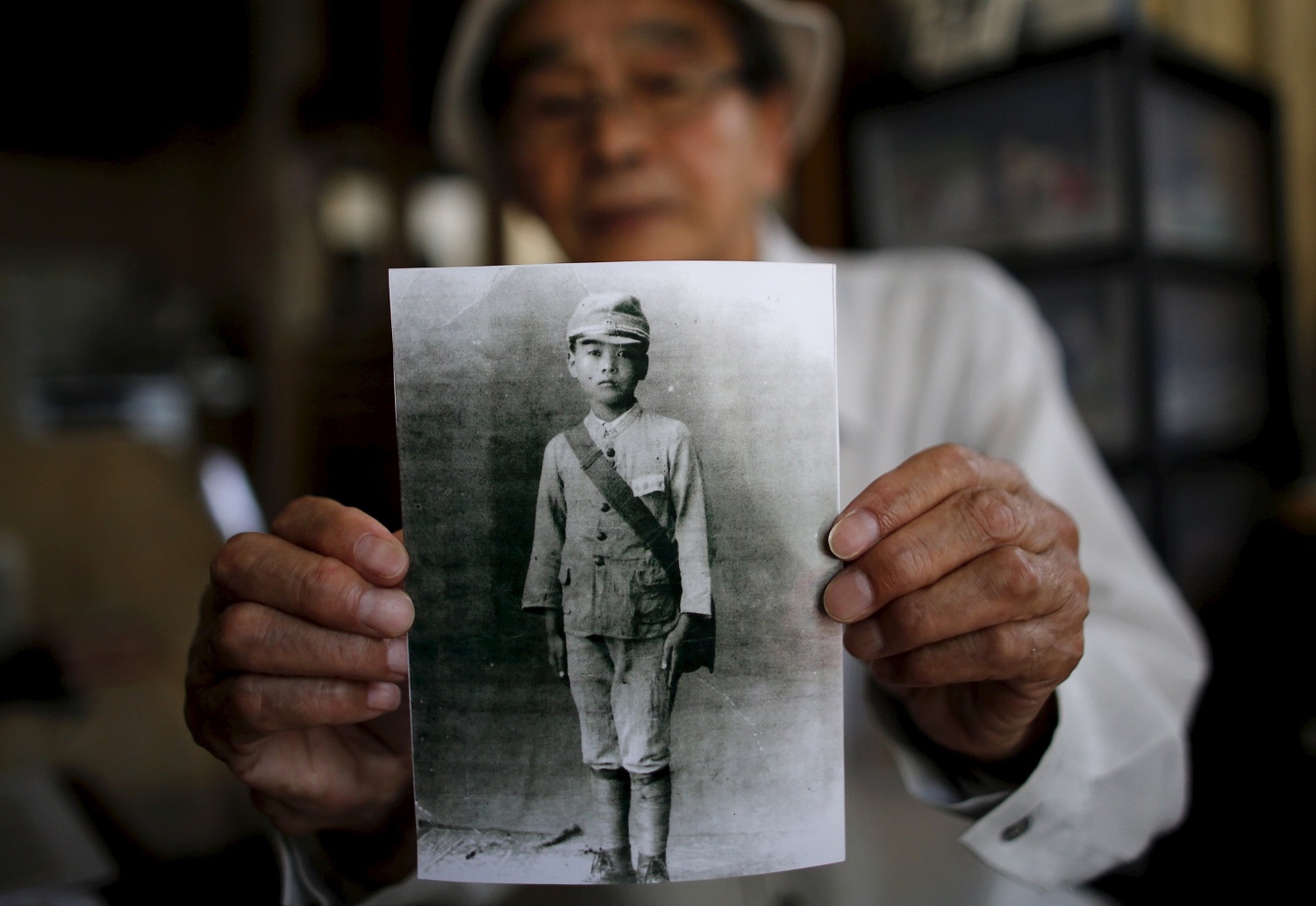
New Mexico archbishop whose archdiocese is home to two major federal nuclear weapons research facilities and an Air Force base apologized for the atomic bombings of Japan and to Indigenous New Mexicans, uranium miners and scientists suffering from ill health related to the nuclear weapons industry.
Archbishop John C. Wester of Santa Fe said the time has come for the world to fervently work to undertake the long process to achieve nuclear disarmament.
He made the comments in a homily during a Mass Aug. 9 marking the 77th anniversary of the bombing of Nagasaki, Japan.Continue reading
ACTION ALERTS
Nothing Found
It seems we can’t find what you’re looking for. Perhaps searching can help.
CRITICAL EVENTS
Nothing Found
It seems we can’t find what you’re looking for. Perhaps searching can help.
Nothing Found
It seems we can’t find what you’re looking for. Perhaps searching can help.
New Nuclear Media: Art, Films, Books & More
Nothing Found
It seems we can’t find what you’re looking for. Perhaps searching can help.
Nothing Found
It seems we can’t find what you’re looking for. Perhaps searching can help.














